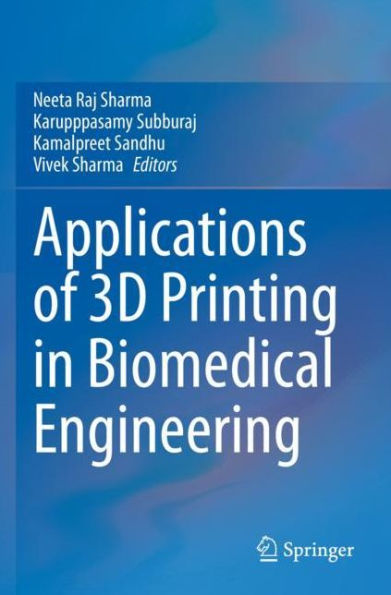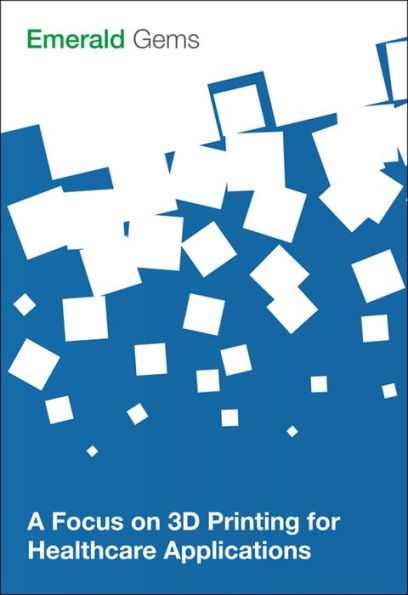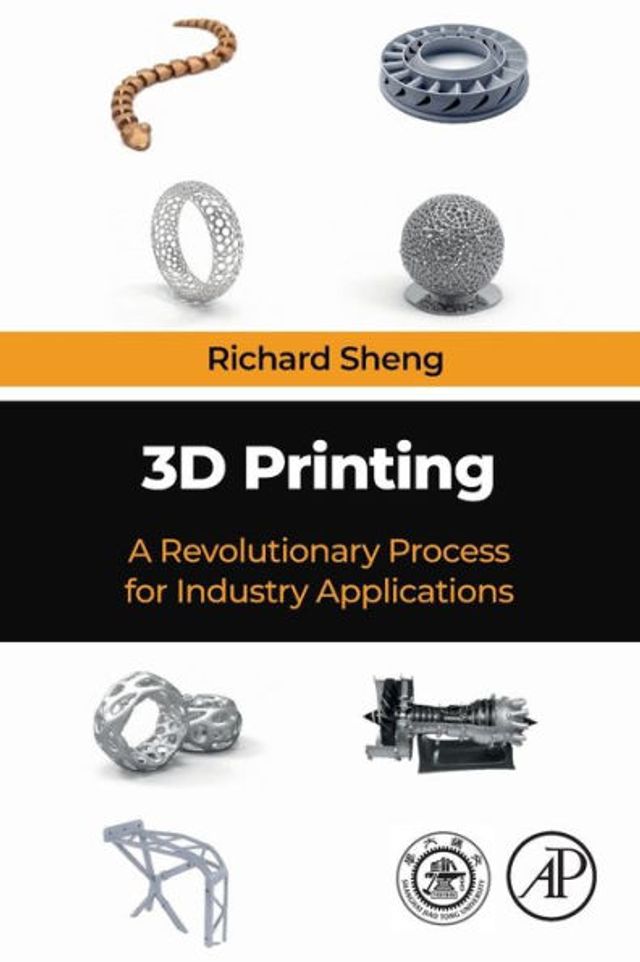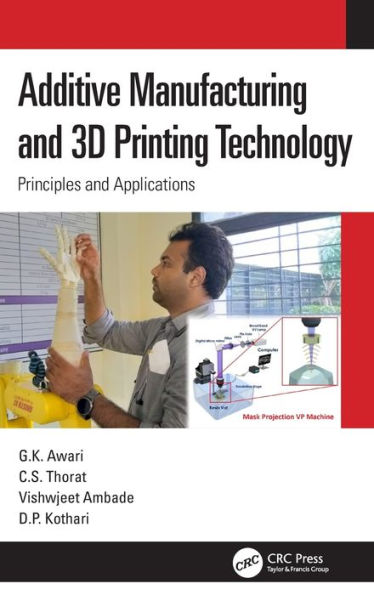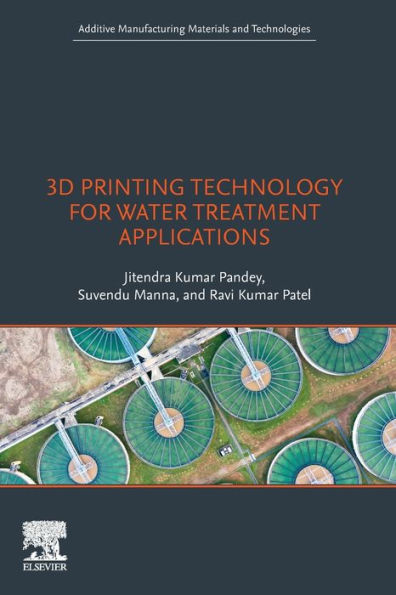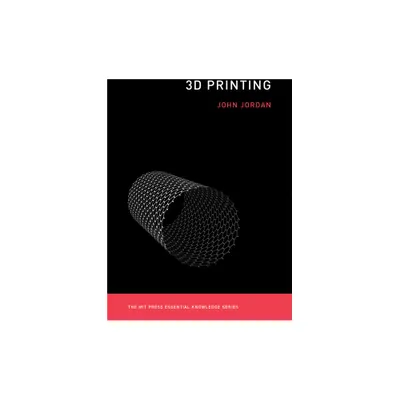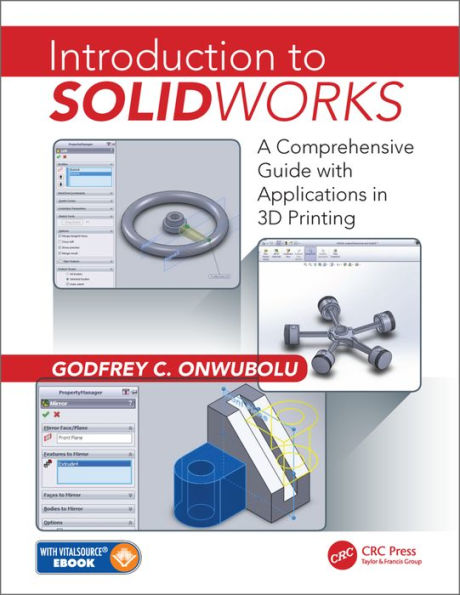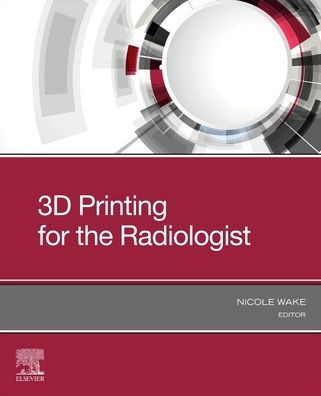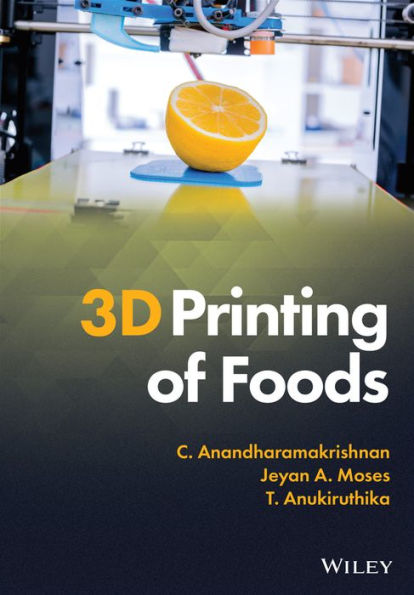Home
Industrial Strategies and Solutions for 3D Printing: Applications Optimization
Loading Inventory...
Barnes and Noble
Industrial Strategies and Solutions for 3D Printing: Applications Optimization
Current price: $195.00
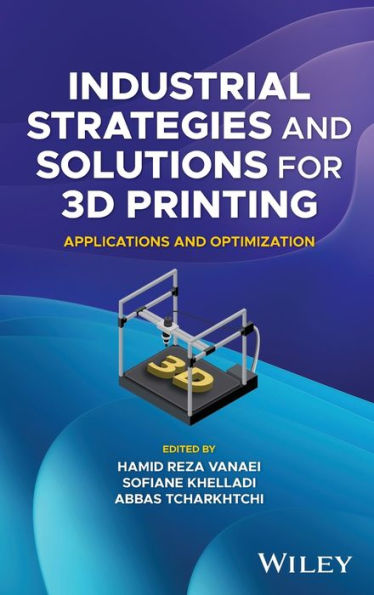

Barnes and Noble
Industrial Strategies and Solutions for 3D Printing: Applications Optimization
Current price: $195.00
Loading Inventory...
Size: Hardcover
*Product Information may vary - to confirm product availability, pricing, and additional information please contact Barnes and Noble
INDUSTRIAL STRATEGIES AND SOLUTIONS FOR 3D PRINTING
Multidisciplinary, up-to-date reference on 3D printing from A to Z, including material selection, in-process monitoring, process optimization, and machine learning
Industrial Strategies and Solutions for 3D Printing: Applications and Optimization
offers a comprehensive overview of the 3D printing process, covering relevant materials, control factors, cutting-edge concepts, and applications across various industries such as architecture, engineering, medical, jewelry, footwear, and industrial design.
While many published books and review papers have explored various aspects of 3D printing, they often approach the topic from a specific perspective. This book instead views 3D printing as a multidisciplinary field, extending beyond its rapid growth into emerging areas like data science and artificial intelligence.
Written by three highly qualified academics with significant research experience in related fields,
includes information on:
Role of various 3D printing features in optimization and how machine learning can be used to further enhance optimization processes
Specific optimization techniques including physico-chemical, mechanical, thermal, and rheological characteristics
Steps for transitioning of 3D printing from the laboratory scale to industrial applications in fields such as biology, turbomachinery, automotive, and aerospace
Challenges related to the controlling factors for in the optimization purpose, along with in-process monitoring of 3D printing for optimal results and output
is a valuable and up-to-date reference on the subject for researchers, scholars, and professionals in biomedical, chemical, and mechanical engineering seeking to understand foundational concepts related to the free-form fabrication approach and how to achieve optimal results.
Multidisciplinary, up-to-date reference on 3D printing from A to Z, including material selection, in-process monitoring, process optimization, and machine learning
Industrial Strategies and Solutions for 3D Printing: Applications and Optimization
offers a comprehensive overview of the 3D printing process, covering relevant materials, control factors, cutting-edge concepts, and applications across various industries such as architecture, engineering, medical, jewelry, footwear, and industrial design.
While many published books and review papers have explored various aspects of 3D printing, they often approach the topic from a specific perspective. This book instead views 3D printing as a multidisciplinary field, extending beyond its rapid growth into emerging areas like data science and artificial intelligence.
Written by three highly qualified academics with significant research experience in related fields,
includes information on:
Role of various 3D printing features in optimization and how machine learning can be used to further enhance optimization processes
Specific optimization techniques including physico-chemical, mechanical, thermal, and rheological characteristics
Steps for transitioning of 3D printing from the laboratory scale to industrial applications in fields such as biology, turbomachinery, automotive, and aerospace
Challenges related to the controlling factors for in the optimization purpose, along with in-process monitoring of 3D printing for optimal results and output
is a valuable and up-to-date reference on the subject for researchers, scholars, and professionals in biomedical, chemical, and mechanical engineering seeking to understand foundational concepts related to the free-form fabrication approach and how to achieve optimal results.
